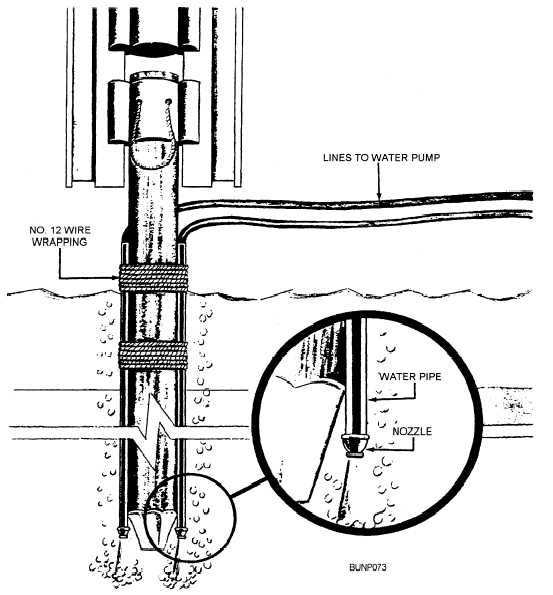
Figure 8-26. - Jetting with two jet pipes.
than fairly coarse, dense sands, jetting is not necessary or advisable. Jetting equipment consists of a water pump, a length of flexible hose, and a metal JET PIPE; jet pipes run from 2 1/2 to 3 inches in diameter.
A single jet pipe is used as follows. The pile is set in position with the hammer resting on it for extra weight, and the jet pipe is manipulated to loosen and wash away the soil from under the tip, as shown in figure 8-31. As the soil is washed away, the pile sinks under its own weight and that of the hammer. A few hammer blows are struck occasionally to keep the pile moving downward. When it is 3 feet above the final tip elevation, the jet pipe is withdrawn and the pile is driven the rest of the way with the hammer.
The action of a single jet pipe on one side of a pile tends to send the pile out of plumb. Whenever possible, two pipes are used and lashed to the pile on opposite sides, as shown in figure 8-26.
EXTRACTING PILES
A pile that has met an obstruction or that has split or broken in driving or that is to be salvaged (steel sheet piles are frequently salvaged for reuse) is usually PULLED (extracted). Pull the pile as soon as possible after driving it; the longer the pile stays in the soil, the more compact the soil becomes, and the greater will be the resistance to pulling. Methods of pulling piles are as follows:
In the DIRECT LIFT method, a crane is used to pull the pile. The crane whip is slung to the pile, and a gradually increased pull is applied up to just a little less than the amount that is expected to start it. Lateral 8-20
Continue Reading
